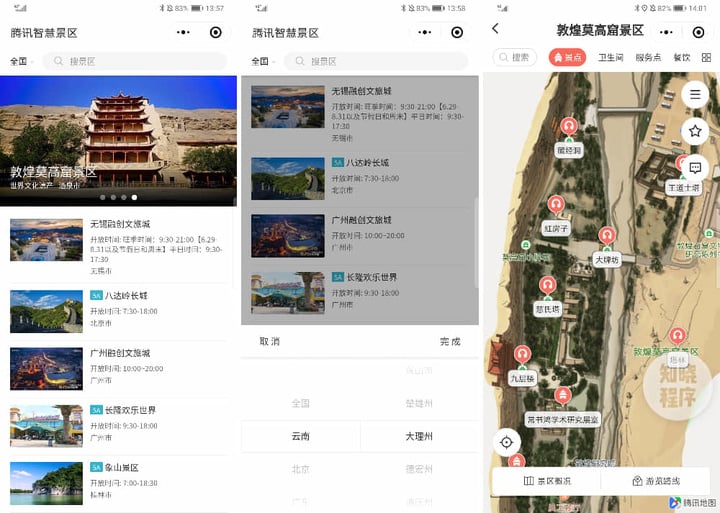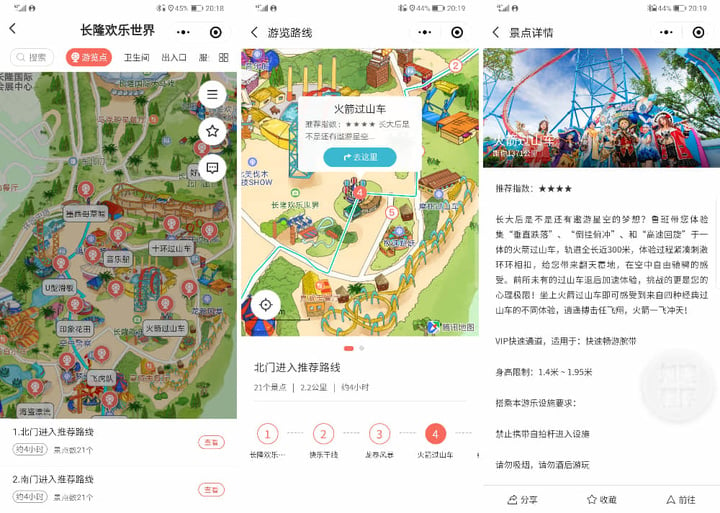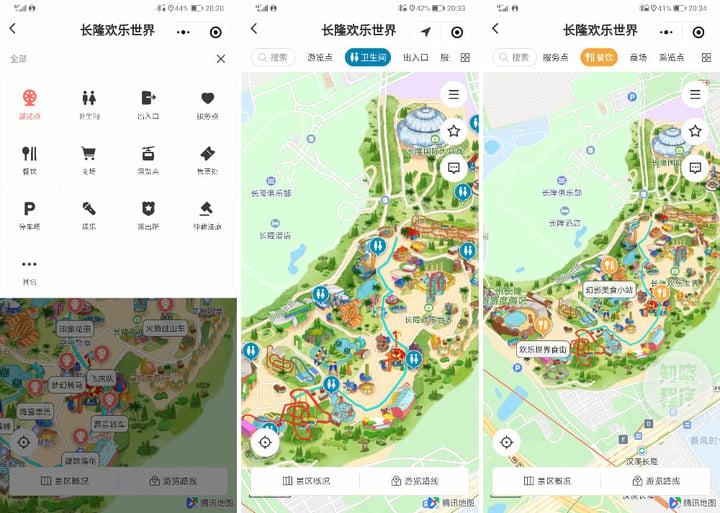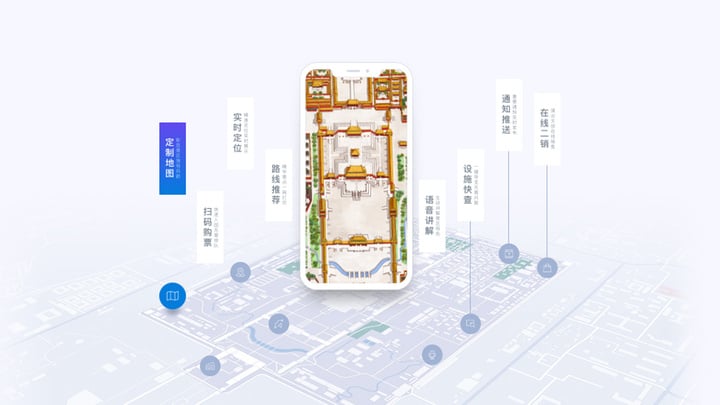According to the analysis of China’s tourism industry in 2019 by Prospective Industry Research Institute, with the change of people’s consumption concept and structure, the demand for tourism has also increased dramatically. In 2018, according to the data of China’s Tourism Bureau, the number of domestic tourists reached about 5.54 billion, an increase of 10.76%. Along with the continuous improvement of Internet penetration rate in China, the convenient payment provided by online tourism has saved people a lot of troubles, people’s recognition of online travel is getting higher and higher, and the integration of online travel enterprises and resource suppliers has increased. The marketing platform has continued to grow, and the cost-effectiveness of travel products far higher than the traditional tourism industry has emerged. From 2010 to the first half of 2018, the penetration rate of China’s online travel industry rose from 5.42% to 18.68%.
However, compared to the “payment link” that is convenient for online travel, the scenic change as a “production link” is not so obvious: if you want to play well, you still need to find a lot of Raiders in advance or ask friends who have been there. In the scenic area, because the map software information is relatively thin, every time you look for attractions, toilet shops, browsing lines, you need to ask around or find maps. Nowadays, although the information level of the scenic spot has been included in the scenic spot rating assessment, many scenic spots have also added electronic navigation functions, but from the perspective of tourists, the use experience still needs to be improved.
In the era when everything is “smart”, how can a scenic spot as a tourist destination not be “smart”? Tencent’s official “Tencent Smart Scenic Area” program is to face these pain points in the scenic spot, aiming to provide intelligent, convenient and lightweight navigation services for tourists from domestic scenic spots. Today, I know that Jun will take you to see Tencent’s smart landscape program in the “production chain” of tourism.

The function of “Tencent Smart Scenic Spot” is simple. The homepage presents the basic information of the domestic scenic spot in the form of a list, and supports the search. At present, the scenic spots included in the five provinces including Yunnan, Beijing, Guangdong, Guangxi and Gansu. Open a scenic spot at any point, and the fresh hand-painted wind map will make people shine.

The “Tour Routes” in the lower right corner of the homepage of the scenic spot offers different routes to visit, where you can see the number of attractions, distances and time spent on the route. Some attractions even include three to four different paths to choose from. Each tour point of the route can be expanded to see the details, including the introduction and precautions of the tour points, and many tour points also support audio guides.

In addition to detailed tour points, there are toilets, entrances and exits, service points, restaurants, shopping malls, shopping spots, ticket offices, parking lots, entertainment, and police stations. Of course, for a small program based on Tencent map development, the real-time display of personal location information also facilitates visitors to find the nearest facility.
According to Tencent’s official introduction, “Tencent Smart Scenic Spot” will accelerate cooperation and connect more scenic spots. Thanks to Tencent’s big data, the functions will be further diversified: ticketing system, online second-selling, real-time notification, and strategy sharing to further enhance the service experience of tourists.

▲ Image from: Tencent Smart Resort
Is there a scenic spot in the recent holiday? Look for it in the “Tencent Smart Scenic Spot”. If you want to go but don’t show up, you can leave a message in the comment area. Let’s urge the development of Tencent.
The title map is from: Tencent Smart Zone